
Bee venom wiped out 100% of aggressive breast cancer cells in just 6 hours
What if a tiny insect held the key to a powerful new cancer treatment? While that may sound like science fiction, researchers in Australia are making significant progress in exploring how honeybee venom could one day be used to fight one of the most common cancers affecting women: breast cancer.
At the center of this research is melittin, the main active compound in bee venom. Since 2020, scientists at the Harry Perkins Institute of Medical Research have been investigating how melittin can selectively destroy aggressive breast cancer cells while leaving healthy cells largely unharmed. Recent developments suggest that the compound can now be engineered into a form safe enough for injection in laboratory settings—an essential step toward potential clinical use.
Although this research is still in early stages, it offers a compelling example of how nature-inspired compounds can be transformed into highly targeted medical treatments.
Key Findings at a Glance
-
Natural cancer-killing ability: Melittin destroys cancer cells by disrupting their cell membranes, effectively causing them to collapse.
-
Engineered for safety: Scientists have modified melittin into a targeted form that reduces harm to healthy tissue and allows controlled delivery.
-
Rapid action: In preclinical studies, cancer cells showed signs of death within six hours of treatment, with effects lasting up to a week.
-
Especially promising for TNBC: The compound appears particularly effective against triple-negative breast cancer (TNBC)—a highly aggressive form with limited treatment options.
-
Meant to complement existing treatments: Researchers believe melittin-based therapy could enhance the effects of chemotherapy, rather than fully replace it.
How Bee Venom Targets Cancer Cells
If you’ve ever been stung by a bee, you already know how powerful its venom can be. The pain and inflammation from a sting are largely caused by melittin, a small but highly active protein.
In laboratory experiments, melittin works by punching holes in the membranes of cancer cells, essentially causing them to break apart and die. According to Dr. Edina Wang, a leading researcher on the project, this mechanism is particularly effective against cancer cells, which are often more vulnerable than normal cells due to differences in their membrane structure.
Interestingly, the researchers also found that whole bee venom was sometimes even more effective than melittin alone. This suggests that other compounds in the venom may help guide melittin to its cancer target or enhance its effects. However, using raw venom in humans is unsafe due to its toxicity and potential to trigger severe allergic reactions. Instead, those natural properties are now being used as a blueprint for safer drug design.
A Safer, More Precise Form of Melittin
The biggest limitation of melittin is its toxicity. While it can destroy cancer cells, it can also damage healthy tissue if not delivered with extreme precision.
To solve this problem, the research team engineered a targeted version of melittin. By attaching specialized molecular components, they made it capable of “homing in” on tumor cells more specifically. This targeted delivery reduces the impact on healthy tissue and allows the compound to be administered through controlled injection in experimental models.
Dr. Wang explains that this engineered form not only kills cancer cells but can also act as a delivery vehicle for other anti-cancer drugs, helping them penetrate tumors more efficiently. This dual function could significantly improve the effectiveness of future treatments.
New Hope for Triple-Negative Breast Cancer
One of the most exciting aspects of this discovery is its potential impact on triple-negative breast cancer (TNBC).
Unlike other forms of breast cancer, TNBC does not respond to hormone therapy or HER2-targeted drugs, making it much harder to treat. Patients are often limited to chemotherapy and radiation, both of which can come with serious side effects.
Experts see melittin-based treatment as a promising new direction. Dr. Robert Clarke of the University of Minnesota emphasizes the urgent need for innovation in this area, stating that any therapy showing activity against TNBC is both “timely and highly relevant.” Earlier studies from 2020 had already shown that melittin could rapidly destroy TNBC cells, and current research continues to strengthen that evidence.
What This Means for the Future of Treatment
While the results are encouraging, it’s important to stay realistic. Many therapies that work in laboratories do not always succeed in human clinical trials. Safety, dosage, long-term effects, and effectiveness across large populations must still be carefully evaluated.
Rather than replacing chemotherapy entirely, researchers believe targeted melittin therapy could be used in combination with existing treatments. Early studies even suggest that melittin becomes more powerful when paired with certain chemotherapy drugs. If proven safe in humans, it could allow for lower doses of toxic medications, reducing side effects and improving quality of life for patients.
This also opens the door to more personalized and targeted cancer care, which is the future of oncology.
Conclusion
The journey from a bee sting to a life-saving drug is long and complex, but the progress made so far is remarkable. By examining the natural power of bee venom and refining it through biotechnology, researchers are uncovering a new and promising strategy in the fight against aggressive breast cancer.
Although much more testing is required before this treatment reaches hospitals, this breakthrough represents a hopeful and innovative step forward—one that proves even the smallest creatures can inspire powerful medical solutions.
Nature, once again, may be showing us the way.
News in the same category


Could the bacteria in your nose be causing Alzheimer’s?

How to treat nerve pain in the foot, toes & legs
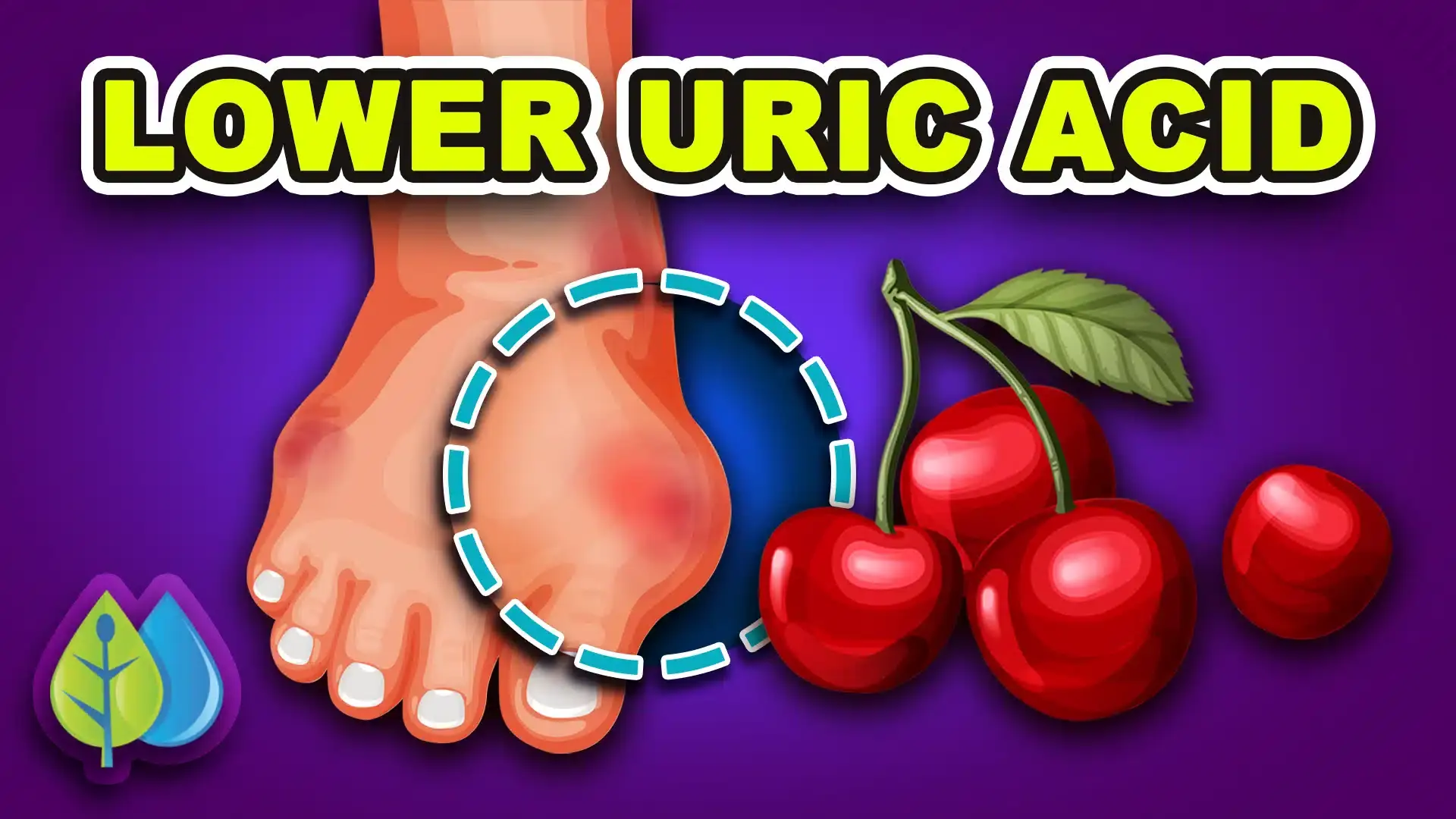
10 Ways to Lower Uric Acid Naturally

6 Foods That Can Drain Your Calcium and Weaken Bones

How to treat nerve pain in the foot, toes & legs …

Scientists identify the only two foods consistently linked to higher cancer risk
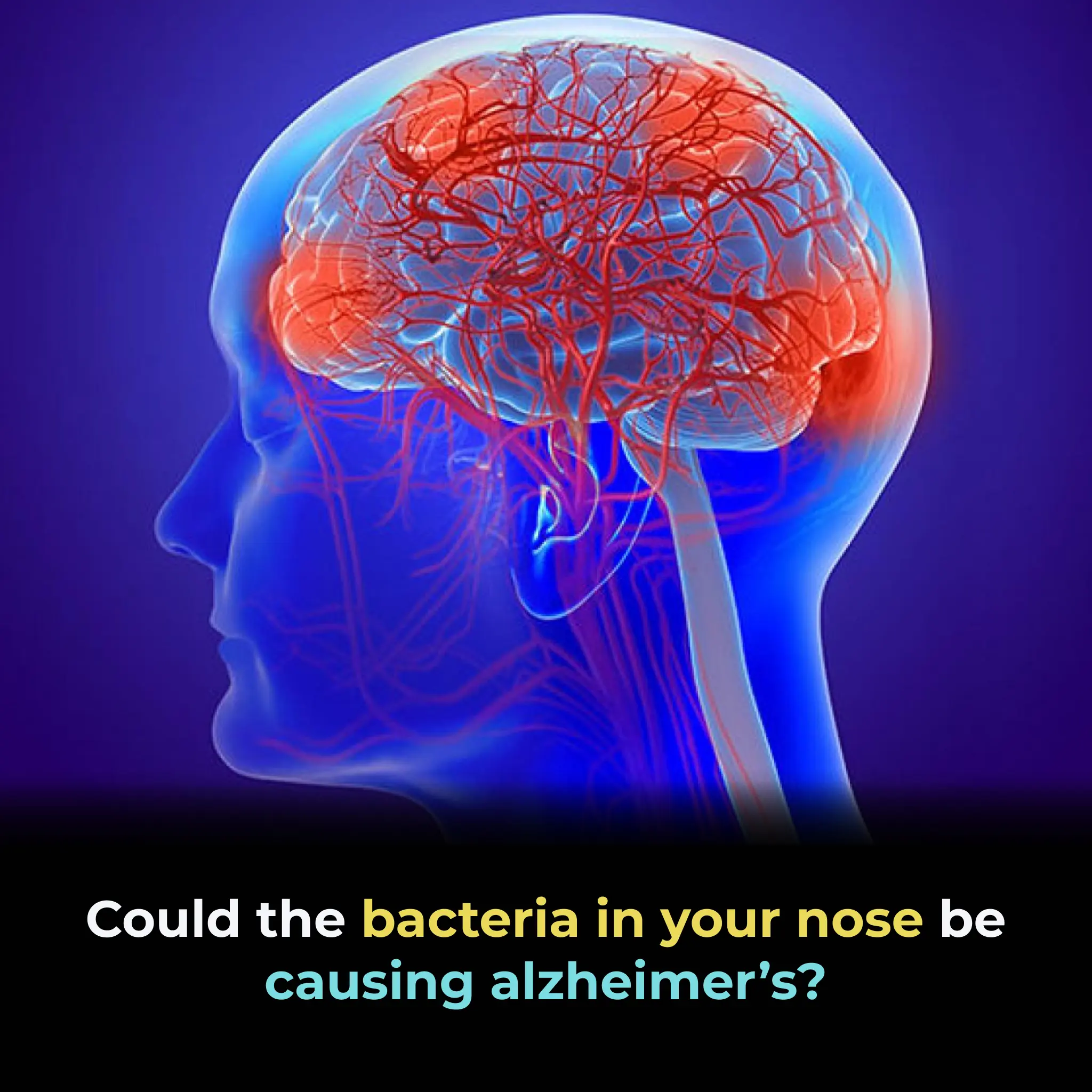
COULD THE BACTERIA IN YOUR NOSE BE CAUSING ALZHEIMER’S?

The Shocking Impact of Honey with Cloves on Your Health

Clear Your Lungs and Soothe Your Cough Naturally with Onion Remedy

Guava Leaf Tea: A Simple Habit With Powerful Health Benefits

The single move that instantly clears congestion and drains your sinuses

This common diabetes medication may undo the benefits of your workouts
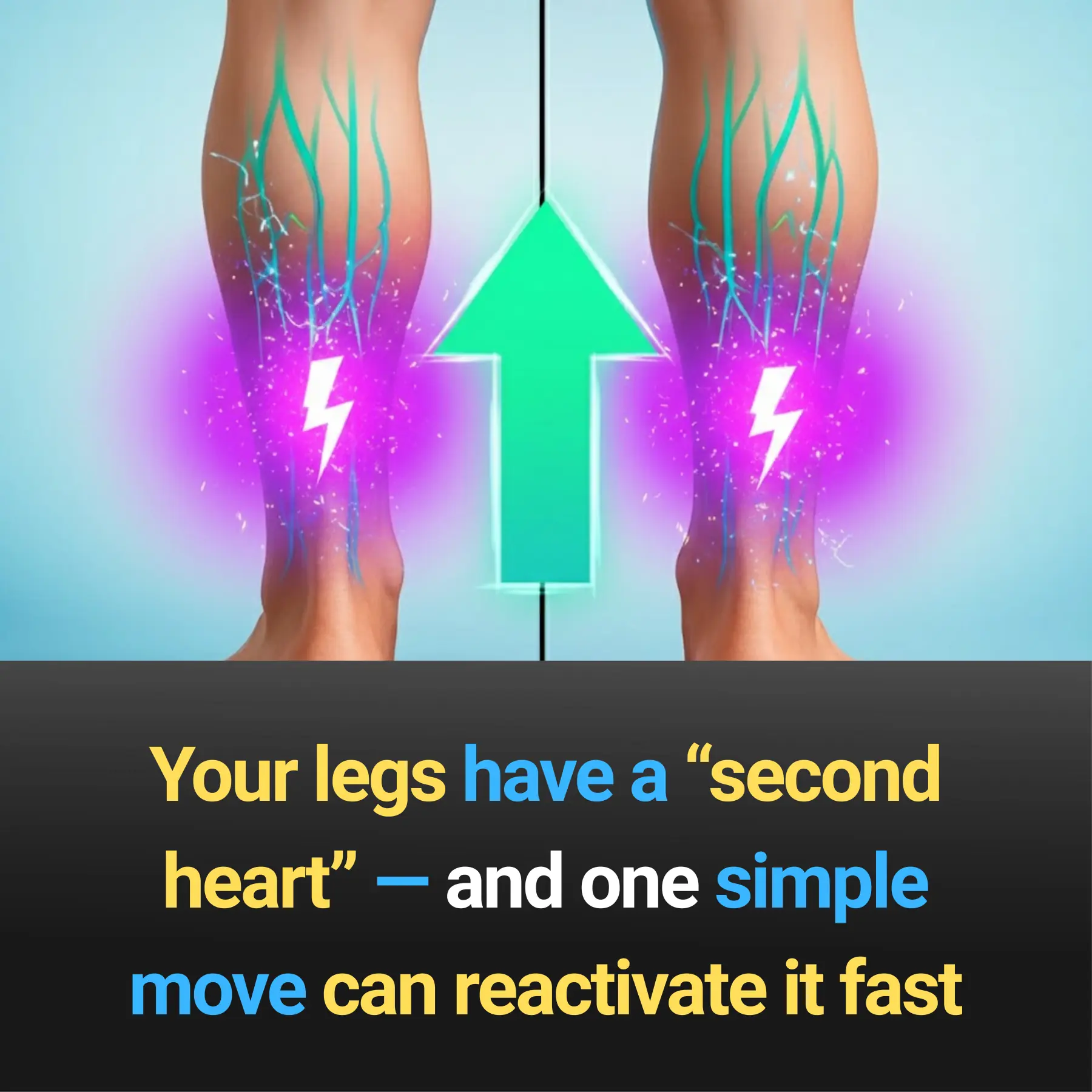
Your legs have a “second heart” — and one simple move can reactivate it fast

9 cancer warning signs your body is sending you (don’t ignore these!)

Here’s the secret why everyone puts avocados on the fire!

Scientifically Proven Benefits of Pumpkin Seeds (Pepitas) and Pumpkin Seed Oil

The single move that instantly clears congestion and drains your sinuses

11 Health Warnings Your Fingernails May Be Sending
News Post

Vaseline Uses and Benefits for Skin, Lips, and Hair

10 simple ways to reduce dust at home that most people overlook

You’re Doing It All Wrong: Here’s the Right Way to Defrost Frozen Pipes

7 Powerful Fruits to Preserve Muscle Strength and Energy After 50

I Didn’t Know!

The #1 FASTEST way to reverse fatty liver naturally

Could the bacteria in your nose be causing Alzheimer’s?

How to treat nerve pain in the foot, toes & legs

The air conditioner only has wind but is not cool. Don't rush to call a repairman and waste money. If you do this, it will be cold.

The more flowers the money tree has, the more luck it attracts: Do this and the money tree flowers will grow 5 times faster.

When boiling duck, don't add ginger and cold water. Add this to remove all the bad smell from the meat and you won't get tired of eating it.
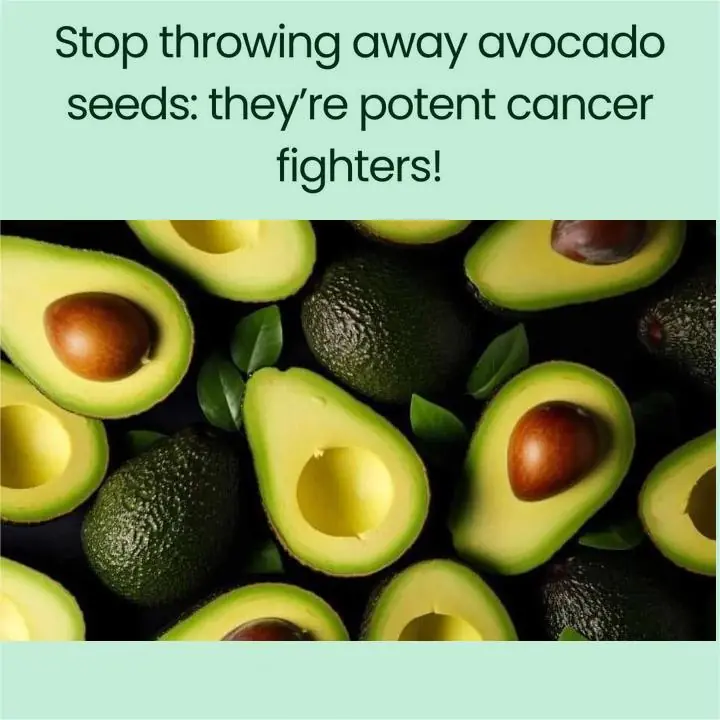
Avocado Seeds: The Overlooked Nutritional Power Inside the Fruit
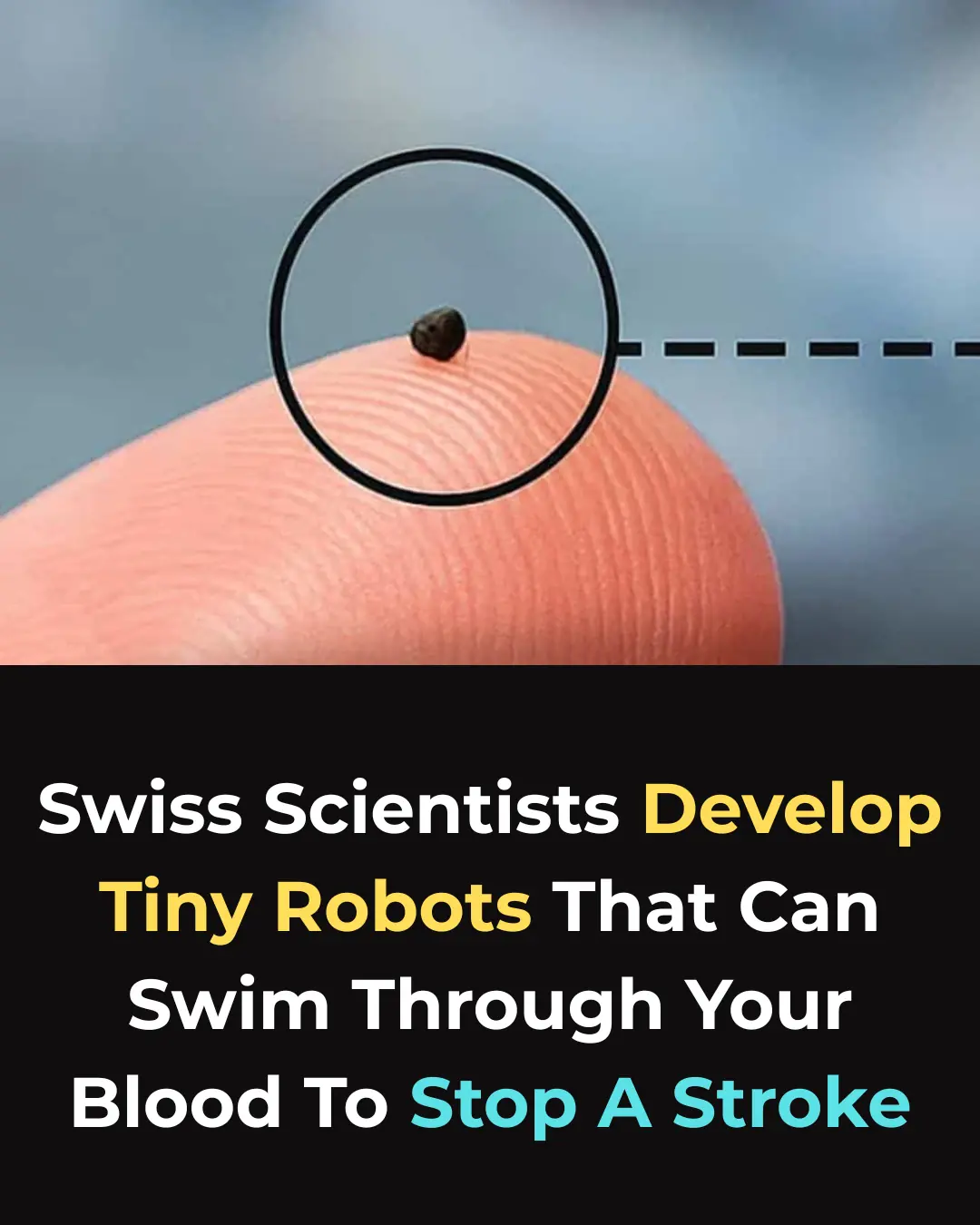
A New Breakthrough: Magnetic Microrobots Designed to Navigate Blood Vessels and Stop Strokes

10 Ways to Lower Uric Acid Naturally

A Dual Climate Solution: Solar Panels Over Canals Could Save Billions of Gallons of Water

Regenerative Medicine Milestone: Stem-Cell Trial Restores Motor Function in Paralyzed Patients

From Crow to Cleaner: How Feathered Geniuses Are Fighting Litter in Spain

6 Foods That Can Drain Your Calcium and Weaken Bones
